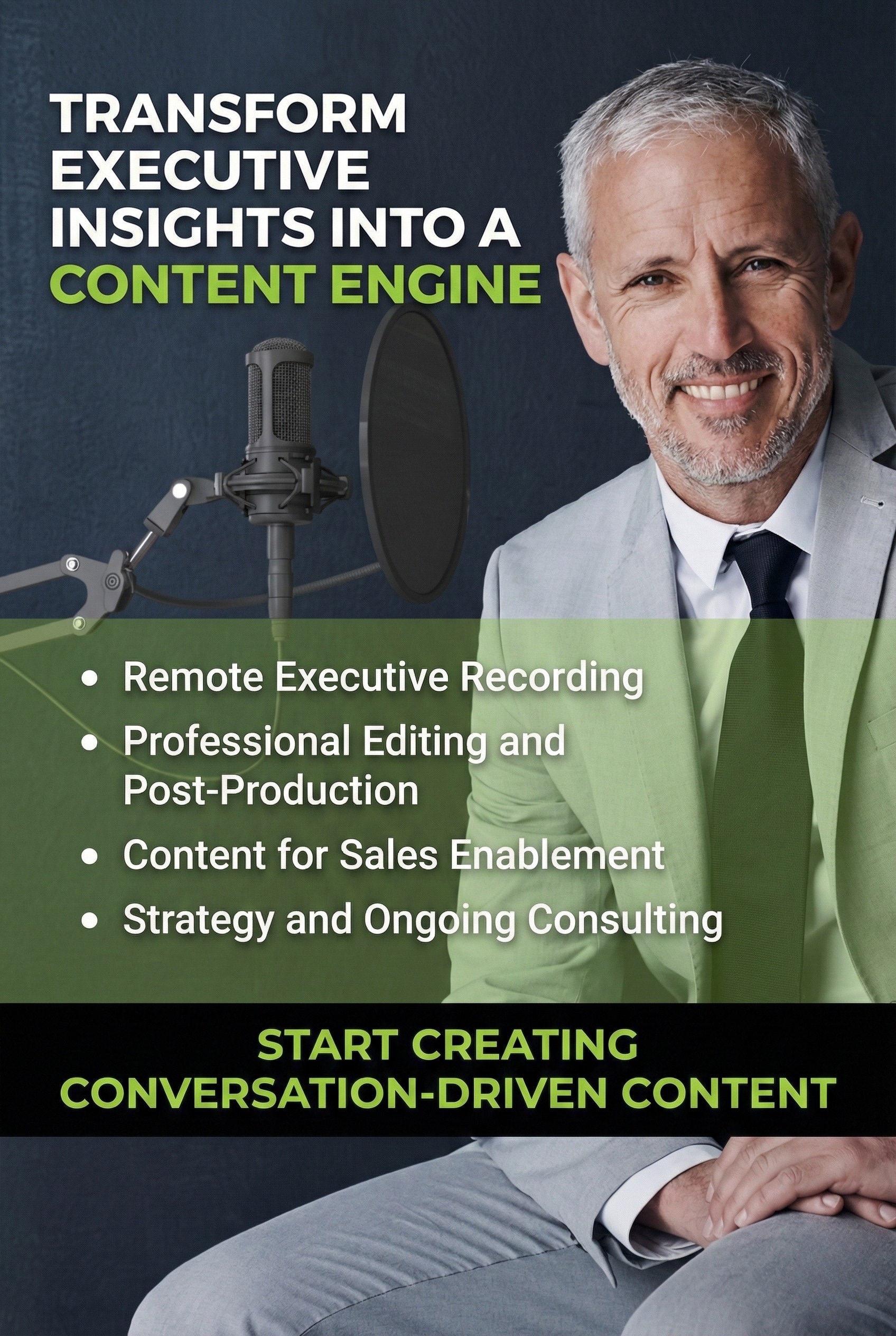Content marketing is shifting away from traditional written content to more dynamic forms like video and audio. This expansion broadens the scope and effectiveness of marketing strategies.
Broad Spectrum of Content Creation
Content creation is not confined to writing; it includes videos, infographics, and more. This variety caters to different consumer preferences and enhances engagement. By offering information in various formats, businesses can attract and retain a wider audience, fostering deeper connections.

The Significance of Video and Audio in Content Marketing
The shift towards video and audio in content marketing is driven by their dynamic nature and capacity for storytelling. While video is increasingly recognized for its business impact, many marketers feel they are not fully utilizing its potential. This gap indicates a need for further exploration and integration of these mediums into marketing strategies.
Benefits of Starting with Video or Audio
Shifting content marketing efforts from written content to video or audio offers distinct advantages. These mediums are inherently engaging, often delivering content in a more relatable and digestible manner. They provide a versatile platform for presenting information, making them effective tools for capturing audience attention.
Video Content Marketing
When it comes to video, according to the Content Marketing Institute, a significant 77% of marketers use social media videos, the most frequently cited type. Other popular video types include branded stories (61%), how-to or explainer topics (59%), interviews (54%), and case studies or customer stories (51%).
Regarding video effectiveness, 54% of marketers find social media videos deliver some of the best results. Other effective types include case studies and testimonials (51%), and how-to videos (48%).
Audio Content Marketing
Podcasting is becoming a key player in digital content, with Statista predicting that the number of monthly podcast listeners will reach an impressive 164 million by 2024. This surge in popularity is evident, as over 60 million people already tune into podcasts on platforms like Spotify and Apple Podcasts.
This growing interest has prompted numerous businesses and media entities to jump into podcasting as it delivers more unique content than what typically results from written content. Podcasts stand out for their versatility and creative freedom, offering a platform where virtually any topic can be explored.
Producers have full control over various aspects of their podcasts, including the frequency of episodes, guest selections, advertising strategies, and episode duration, allowing for a tailored approach to engaging their audience.

Optimizing Video Content Impact
Integrating video into marketing strategies presents challenges but also significant opportunities. The emergence of AI in video creation exemplifies this, offering prospects for more efficient and cost-effective production. AI’s role in enhancing the video production process could be pivotal in enabling marketers to produce high-quality content more readily.
Expanding the Content Marketing Landscape
In conclusion, content marketing extends beyond written content. Incorporating video and audio into the content mix not only diversifies marketing strategies but also elevates their impact. This approach fosters more engaging and memorable interactions with audiences, highlighting the importance of these formats in the evolving landscape of content marketing.
- 36 Video and Podcast Content Frequently Asked QuestionsExpert answers to remote podcast and video production questions. How remote recording works, options for support, pricing, ROI, and analytics.
- AI + Human Powered Content Marketing: Speed Without the AI SlopFAST, CHEAP, and GOOD. You can have them all. Speed keeps …
- How to Measure Content Marketing ROIContent marketing ROI is often miscalculated because it is based on …






